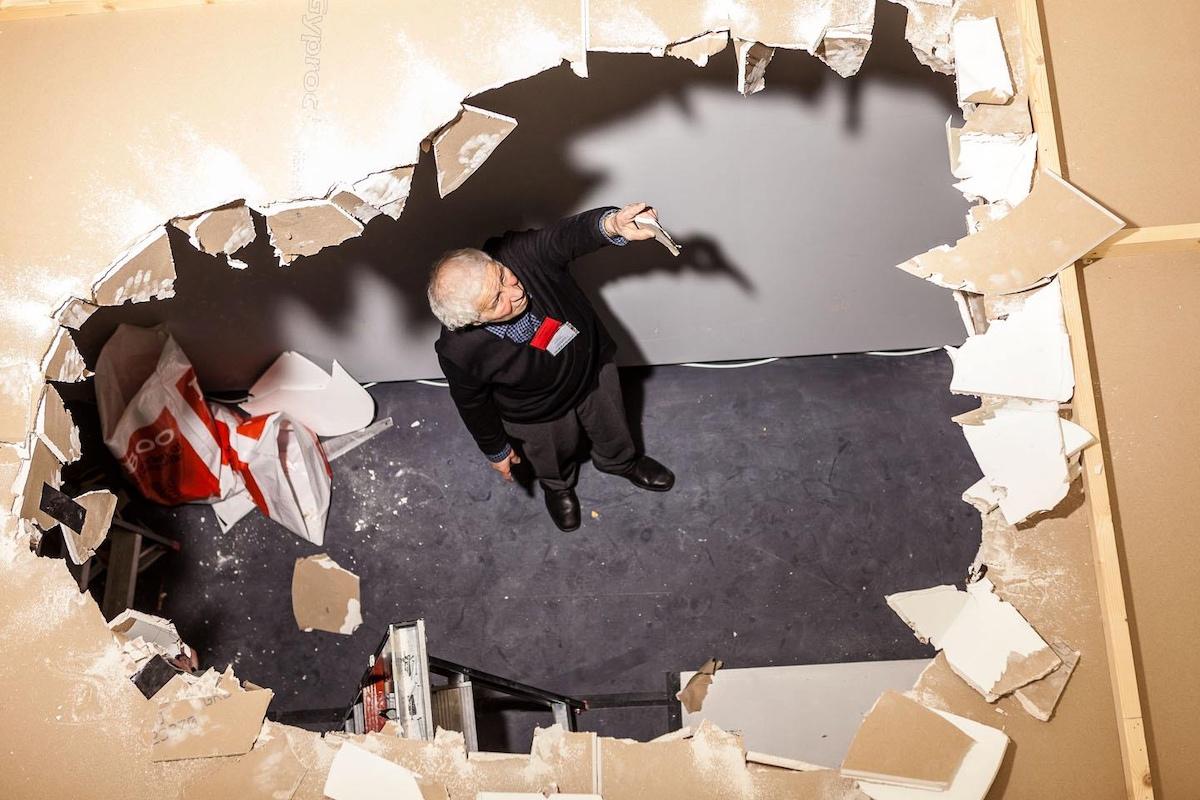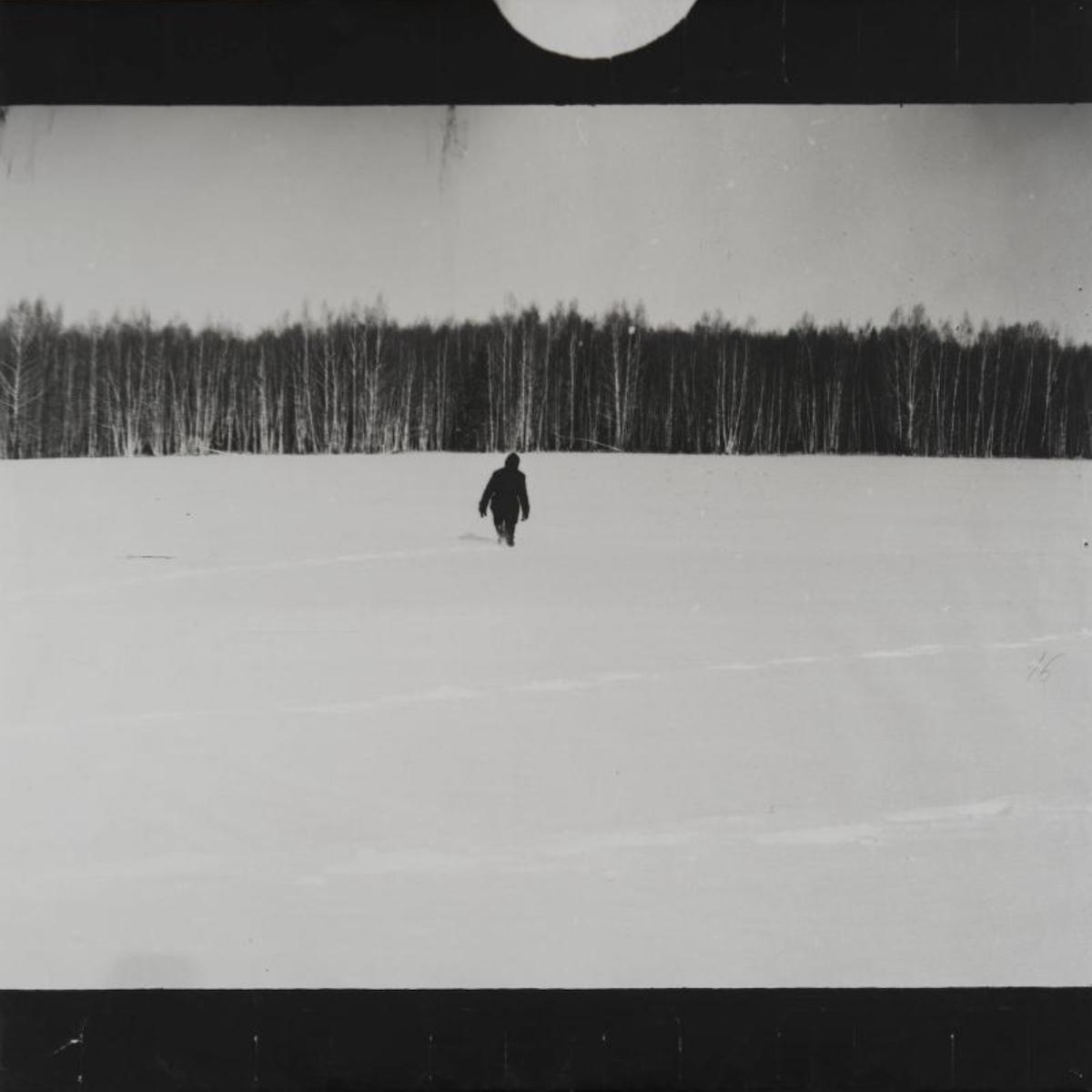One such artist, Vladimir Tatlin, was one of the most important figures of Soviet avant-garde art. Tatlin was commissioned to create a monument to the Bolshevik Revolution in St. Petersburg. Though never built, the proposed 400-meter building was conceived as the headquarters for the Third International and was envisioned as a towering symbol of modernity.
Fast forward to 1932: Lenin died, the Soviet Union had been formed, and Joseph Stalin rose to General Secretary of the Communist Party. With Stalin at its helm, he sought to industrialize the USSR, and this held true for the art that was made and exhibited. Socialist Realism became the only art that was acceptable, characterized by its depiction of Communist values, such as the emancipation of the proletariat. Figures are often highly idealized with heavy leanings on classical sculpture.

































